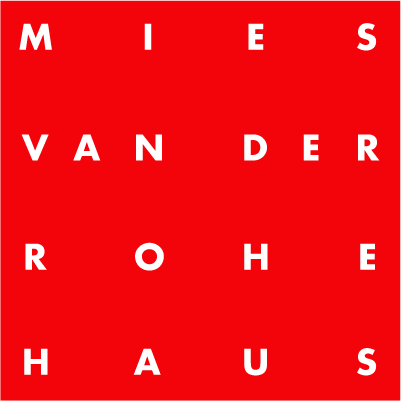2022
2022 . LIVELINESS AND ABSTRACTION
Annual Program
Mies was one of the few modern architects to ask himself how liveliness and vividness can be generated as architectural qualities under the premise of abstraction. Since the days of Mies, this question has lost none of its relevance. We still encounter in contemporary architecture "dead boxes" en masse and an architecture that confuses liveliness with curving plastic spectacles. What both have in common is a lack of imagination in terms of specific architectural expression. For the art of building is about more than just banal construction in the technical, functional or economic sense; but it is also not about performing constructive contortions and functional pull-ups for the sake of lively expression. Architectural design does not mean conceiving of a building as a banal box or a walk-in sculpture, but rather translating the inner connection between purpose, construction and form in space into a meaningful form. Mies was an architectural architect through and through. He held the conviction that an architect must seek and find his means of expression in architecture, that is, in the architectural itself and its aesthetic potential. To generate the expression of the living has always been a challenge in architecture, which is not a depictive art. Under the imperative of abstraction, which modern architecture of the 20th century elevates to the supreme law of design, this applies to an intensified degree. (Fritz Neumeyer)

EXHIBITIONS
SPACE LIES FOLDED AGAINST THE WALL
10.04.–25.09.2022
The Düsseldorf painter Max Frintrop (*1982) has created a series of large-format paintings especially for the exhibition in the Mies van der Rohe Haus. These are combined in the show with smaller reliefs inspired by Russian Constructivism. The living is led into the abstract and vice versa. Soft brushstrokes are based on a geometric abstract language. When painting, Frintrop proceeds in a planned and sensitive manner, suggesting spaces when he superimposes imaginary lines, surfaces and depths. His exhibition is, as it were, a homage to the architecture of the building, its flowing spaces opening up to the garden.
VERSTÄRKER - GEROLD MILLER
10.04.-25.09.2022
With the series "Verstärker" (Amplifier), Gerold Miller (*1961) has been realizing free-standing sculptures since 2016. These bodies, which rest firmly on the ground, are reduced to their height, width and depth and thus visualize the basic conditions of sculpture: material, mass and dimension. Their characteristic formal clarity opens them up to the infinity of space, plumbing its imaginary boundaries. Their unambiguity, varying dimensions, and material textures give the amplifiers a distinct physical as well as sensual presence. The reflective bodies of the sculptures, made of metal, give rise to surprising optical impressions, in which floor, ceiling, opposing walls, or even outdoor spaces interconnect in irritating ways, reordering the space in an almost labyrinthine fashion. They involve the casual viewer in this process via their reflective surfaces, allowing him to become an actor for a fleeting moment.

BAUBILDER UND ERINNERUNGSMUSTER
09.10.2022–26.03.2023
In the intermediate realm of architecture and art, Mies van der Rohe made three proposals for modern memorial culture. With the Bismarck Monument (1910), the Monument to the Revolution (1926), and the design for a memorial in the Neue Wache (1930), the architect specified spatial worlds of memory between personal and collective image-making. Mies was a form finder, but even more than pure form, he explored the relationship between space and spirit. His monument projects, whether destroyed or never built, were groundbreaking designs that are preserved today only in image. Volume 7 of the Mies van der Rohe Haus publication series will be published to accompany the exhibition.
Curators: Simon Behringer, Jan Maruhn, Dietrich Neumann



